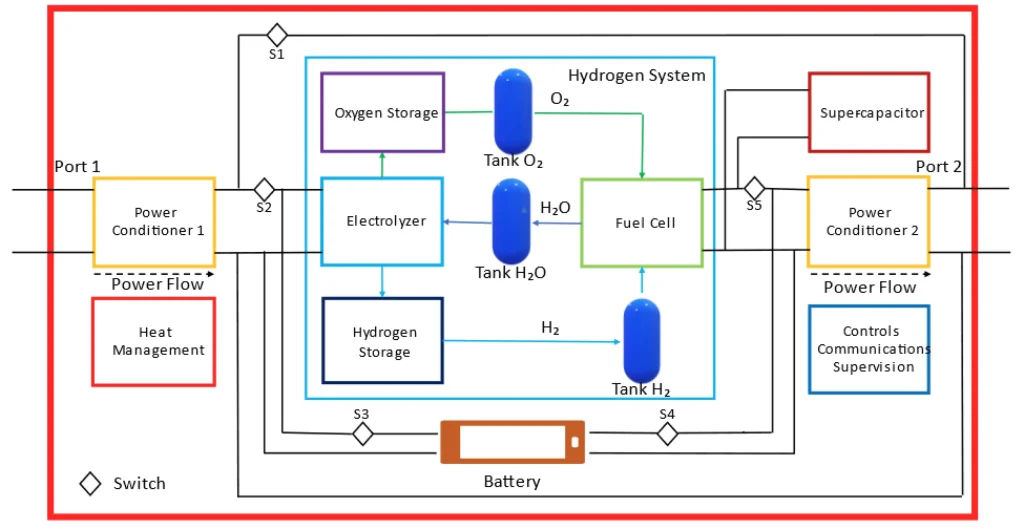


a) the integration of these 4 technologies to store energy and
b) the application of these 4 technologies separately tailored to customer needs
Our mission is to develop long-duration energy storage to allow renewable energies penetration and to provide resiliency to communities, the electric grid, industry and transportation.
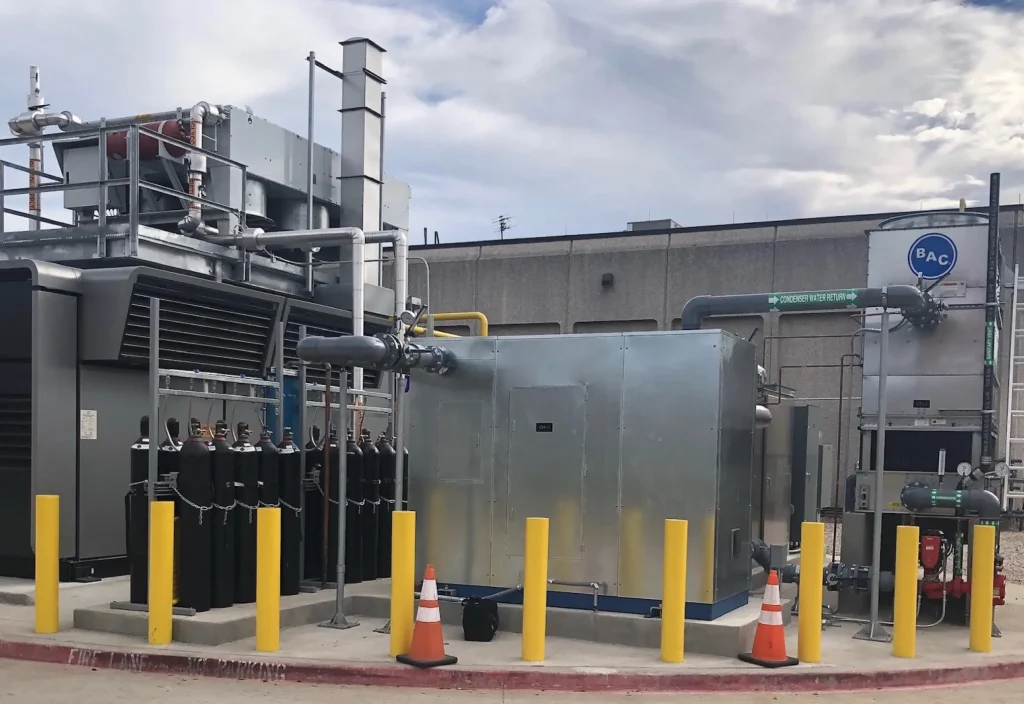
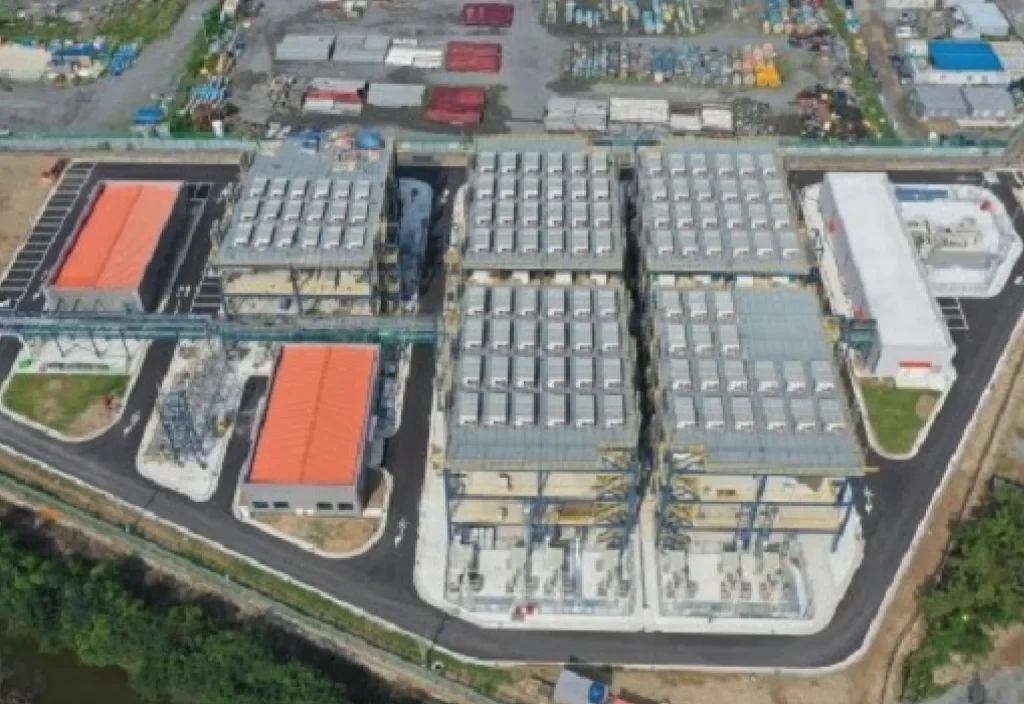
Today, most energy worldwide is generated from fossil-based sources. The trend in energy production and consumption has shifted the focus towards renewable energy sources.
Hydrogen is the universal energy carrier under intense development since 1960.
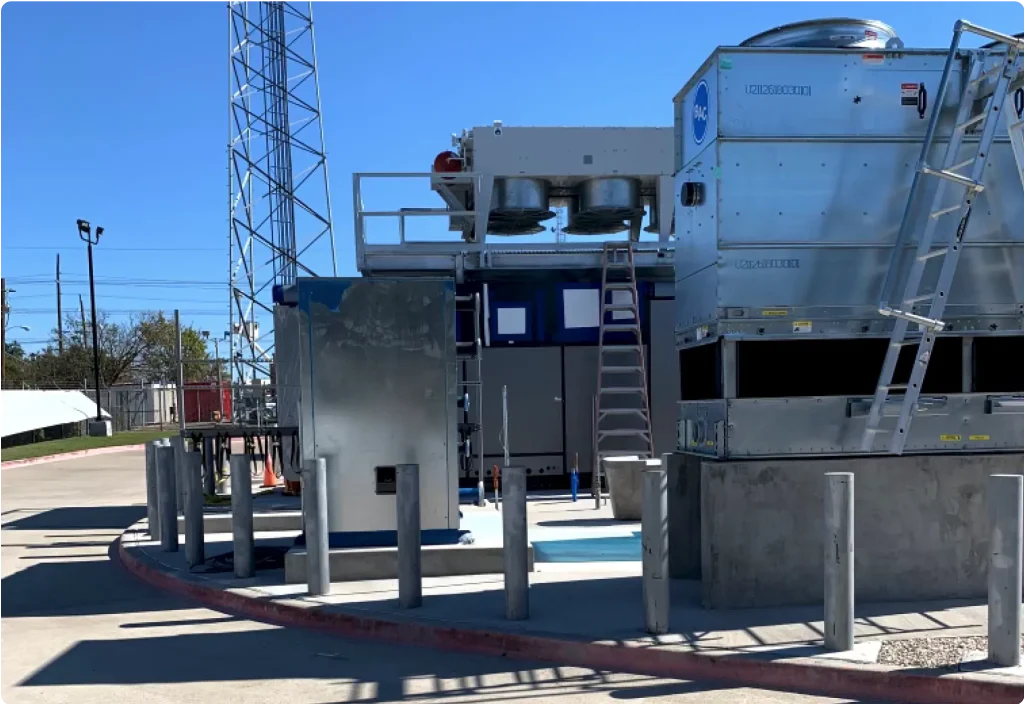
FES energy storage products are capable to deliver following services:
We will prepare an economic analysis of savings coming from long-duration energy storage at no-cost